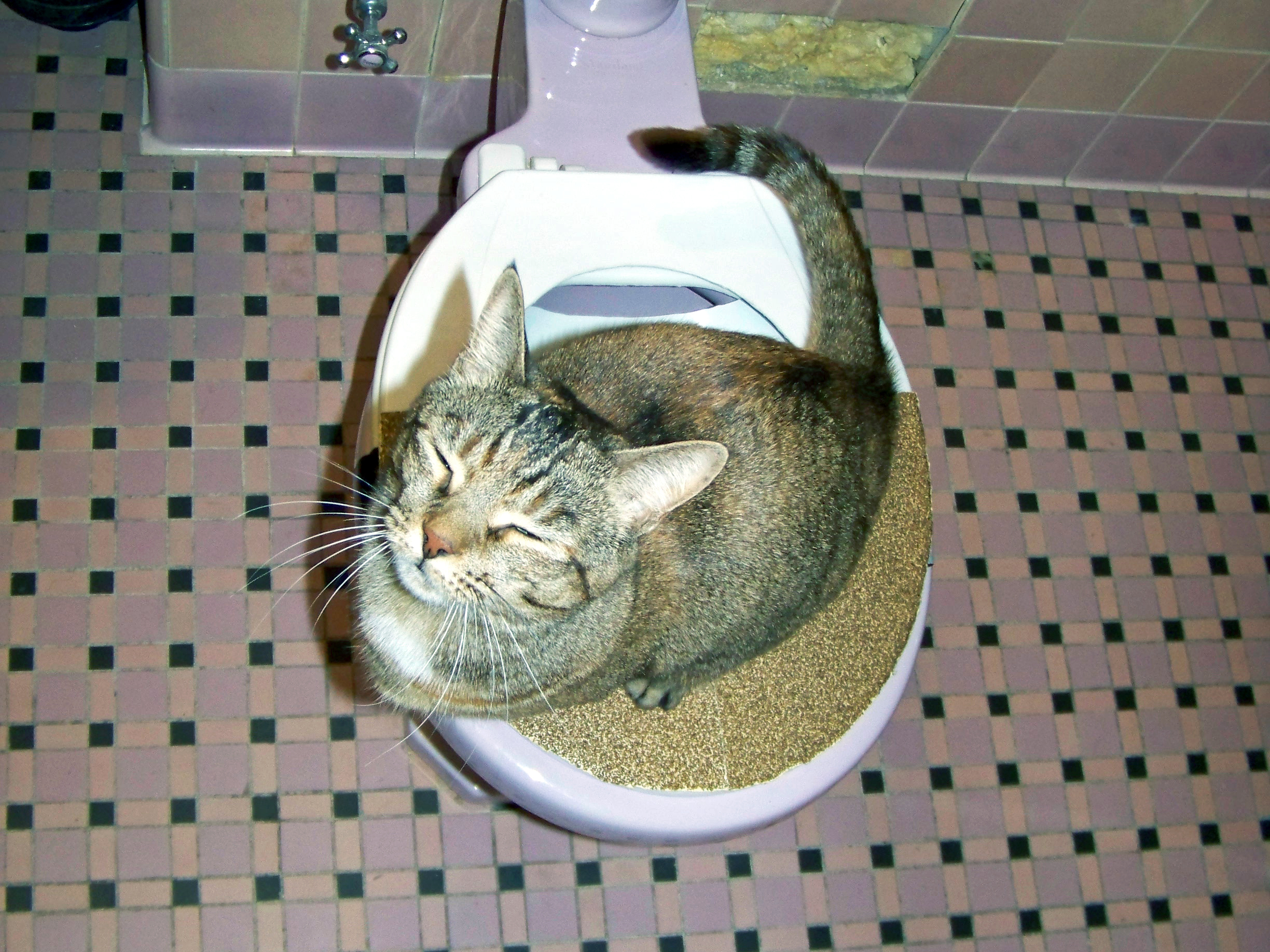Exploring Why Animal Waste Must Not Be Flushed Down the Toilet
Exploring Why Animal Waste Must Not Be Flushed Down the Toilet
Blog Article
Are you on the lookout for content concerning 10 Things You Should Never Flush Down The Toilet?

When it comes to disposing of waste, specifically animal waste, many people frequently consider the convenient choice of flushing it down the commode. However, this relatively very easy service can have severe consequences for the atmosphere and public health. In this post, we'll check out why flushing pet waste down the toilet is a poor concept and offer different methods for appropriate disposal.
Intro
Correct waste disposal is vital for keeping environmental sustainability and public health. While it might appear harmless to purge animal waste down the commode, it can lead to different problems, both for the setting and human health.
Threats of flushing pet waste
Ecological impact
Purging pet waste introduces hazardous germs and microorganisms into waterways, which can negatively influence marine ecological communities. These pathogens can pollute water sources and harm marine life, interrupting delicate ecosystems.
Public health concerns
Pet waste has harmful microorganisms such as E. coli and Salmonella, which can posture significant health dangers to human beings. Purging animal waste down the toilet can infect water materials, leading to the spread of diseases and infections.
Alternatives to flushing
As opposed to purging pet waste down the commode, there are several alternate disposal approaches that are much more environmentally friendly and sanitary.
Composting
Composting animal waste is an eco-friendly way to dispose of it. By composting, organic matter is broken down right into nutrient-rich soil, which can be used to fertilize gardens and plants.
Landfill disposal
Getting rid of animal waste in a landfill is another alternative. While not as eco-friendly as composting, it is a much safer alternative to flushing, as it protects against the contamination of water sources.
Pet dog waste disposal systems
There are specialized pet dog waste disposal systems readily available that safely and hygienically deal with pet waste. These systems typically use enzymes to break down waste and remove odors.
Steps to appropriate pet waste disposal
To make certain proper disposal of pet waste, adhere to these steps:
Scooping and getting waste
Regularly scoop and bag animal waste making use of naturally degradable bags. This avoids waste from infecting the environment.
Utilizing assigned waste containers
Dispose of bagged animal waste in designated waste bins, such as garden compost containers or landfill bins. Stay clear of flushing it down the commode at all costs.
Cleaning click here litter boxes and family pet locations consistently
Consistently clean litter boxes and family pet areas to stop the build-up of waste and microorganisms. Usage pet-safe cleaning items to preserve hygiene.
Benefits of correct disposal methods
Adopting correct disposal methods for pet waste supplies a number of benefits:
Decreased environmental pollution
Proper disposal approaches lower the danger of environmental pollution, safeguarding rivers and ecological communities from contamination
Lessened risk of water contamination.
By avoiding flushing pet waste down the toilet, the threat of water contamination is substantially reduced, guarding public health.
Improved cleanliness and health
Appropriate disposal approaches promote much better hygiene and hygiene, developing a safer atmosphere for both people and pets.
Conclusion
In conclusion, flushing pet waste down the commode is harmful to the environment and public health. By embracing alternative disposal methods and following proper waste administration methods, we can reduce the unfavorable effect of animal waste and contribute to a cleaner, healthier planet.
What To Do With Dog Poo – The Do's And Don'ts Of Disposing Of Faeces
Dog poo bins
Some councils provide dedicated dog waste bins in popular dog-walking areas that can take dog poo that has been bagged but you can legally dispose of dog waste in any public litter bin, as long as it is securely bagged. This also applies to your wheelie bin at home.
Do not flush
Water companies do not recommend flushing dog faeces down the toilet because certain parasites can survive the water processing treatment and are potentially harmful to humans. You should also never consider flushing dog poo that has been bagged down the toilet as the bags will not break down and instead create severe blockages in the sewage system.
In the woods
The Forestry Commission promotes a ‘stick and flick’ method for dealing with waste in the woods. This means finding a stick and using it to flick any poo from off the path so that it is out of the way of other walkers. You could also bury it as long as it is not in an area where there might be livestock.
Livestock
Parasites found in dog poo can be transmitted to livestock if they inadvertently eat infected faeces that has been left on grazing land. This could result in the death of sheep or abortion in cattle so you should always make sure you pick up your dog’s waste in fields where livestock could be present.

As an enthusiastic person who reads about , I thought sharing that piece of content was a great idea. Those who appreciated our blog post plz make sure you remember to share it. I recognize the value of your readership.
Show Details Report this page